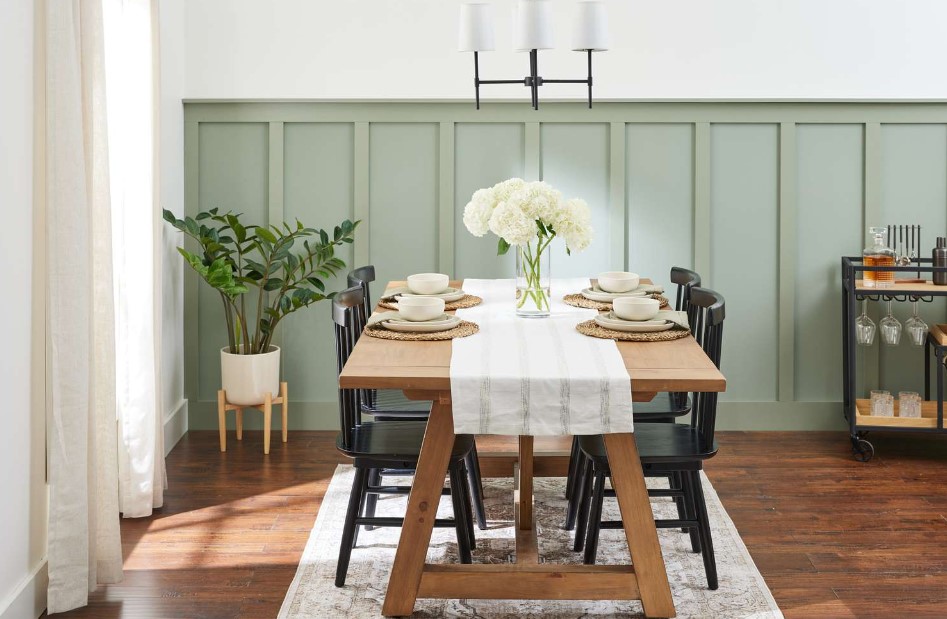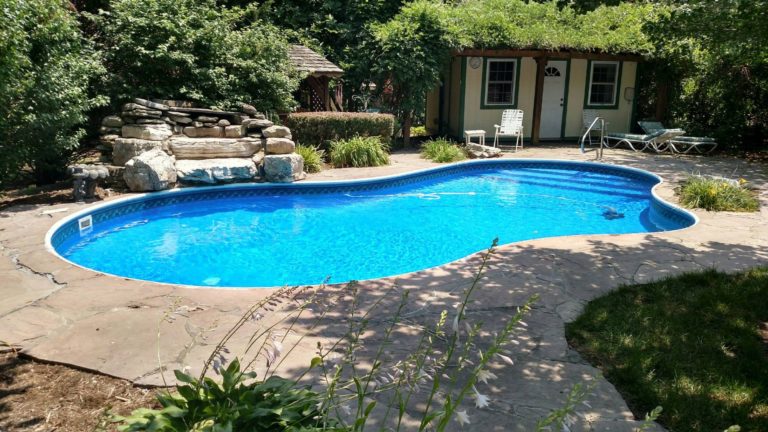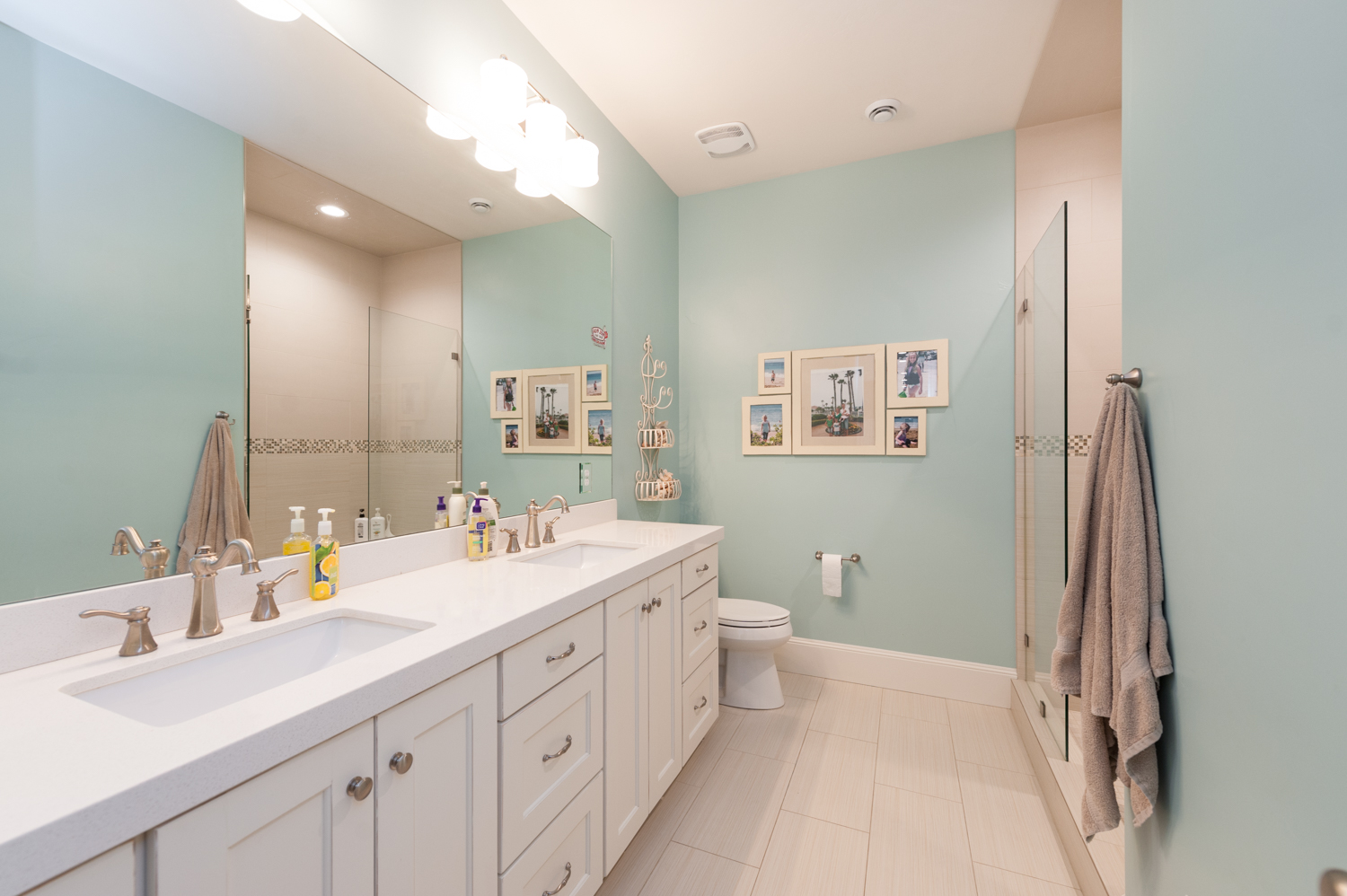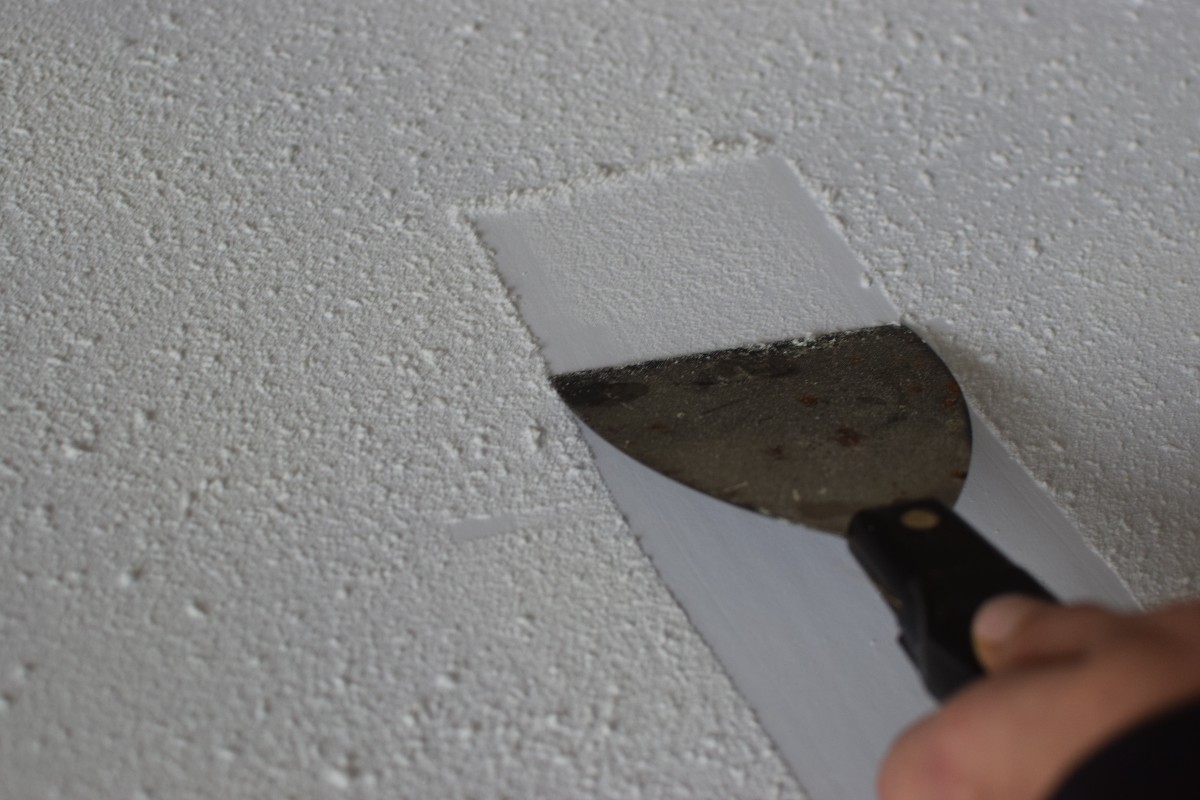Contents
Wainscoting is more than just a decorative feature for your walls—it’s a time-honored tradition that adds elegance, warmth, and character to any room. From traditional homes to modern interiors, this classic wall paneling technique is making a huge comeback in the world of interior design. In this article, we’ll explore what wainscoting is, its various types, and how it can transform the look and feel of your space. Whether you’re a seasoned DIY enthusiast or someone looking to update your home’s aesthetic, wainscoting offers the perfect blend of beauty and practicality.
What is Wainscoting?
Wainscoting refers to the decorative wall paneling installed on the lower half of a wall, typically up to the chair rail height. It was originally used in the 16th century to protect walls from scuffs, dampness, and wear, but over time, it has evolved into an essential element of interior design. Whether you live in a Craftsman-style home or prefer a more modern aesthetic, wainscoting can complement a wide range of styles.
Why Wainscoting is Worth Considering
One of the main reasons homeowners choose wainscoting is its ability to instantly elevate the look of a room. With options like raised panel wainscoting or beadboard for more casual spaces, you can create a sophisticated yet inviting atmosphere. Beyond aesthetics, wainscoting offers practical benefits:
- Wall protection: Especially in high-traffic areas like hallways, kitchens, or dining rooms, wainscoting helps protect your walls from dents, scuffs, and other damage.
- Added value: If you’re considering selling your home, adding wainscoting can significantly boost its appeal. Buyers appreciate the attention to detail and craftsmanship.
- Customization: Wainscoting is available in various materials such as wood, MDF, and vinyl, offering customization to suit your home’s needs and your personal preferences.
Different Types of Wainscoting: Choosing the Right Style for Your Home
Understanding the various styles of wainscoting will help you decide which one best suits your space. Each type has its own unique characteristics, offering versatility and visual appeal.
1. Raised Panel Wainscoting
The most traditional form, raised panel wainscoting, features beveled panels that add a three-dimensional effect to the wall. This style is often used in formal dining rooms, living rooms, and entryways to create a more luxurious feel. If you’re aiming for an upscale, elegant look, raised panel wainscoting is a great choice.
2. Flat Panel or Shaker Style
For a cleaner, more minimalist look, flat panel wainscoting (also known as Shaker style) offers simplicity and elegance. This type works well in modern homes or Craftsman-style interiors. The flat panels are set between vertical boards, creating a timeless yet contemporary appearance.
3. Beadboard Wainscoting
If you’re after a more casual, cottage-like atmosphere, beadboard wainscoting is ideal. It features narrow vertical planks that give your walls a textured look, perfect for kitchens, bathrooms, and beach homes. It’s often used in spaces where a cozy, rustic vibe is desired.
4. Board and Batten
Board and batten wainscoting consists of wide vertical boards, usually separated by narrow strips (battens), creating a striking geometric design. This style adds depth and interest to any room, and it’s particularly popular in farmhouse-style homes.
Wainscoting Materials: Making the Right Choice
When selecting materials for your wainscoting project, it’s important to consider both style and durability. The material you choose will impact the overall look and feel of your space, as well as how much maintenance is required over time.
- Wood paneling: Wood is the most traditional and timeless choice for wainscoting. It can be painted or stained to match your room’s decor and offers a classic, high-quality finish.
- MDF (Medium Density Fiberboard): MDF is a popular alternative to wood because it’s more affordable and easy to work with. It’s a great option for painted wainscoting and resists warping over time.
- Vinyl wainscoting: If you’re looking for something low-maintenance and moisture-resistant, vinyl is a practical choice, especially for bathrooms or kitchens where humidity might be a concern.
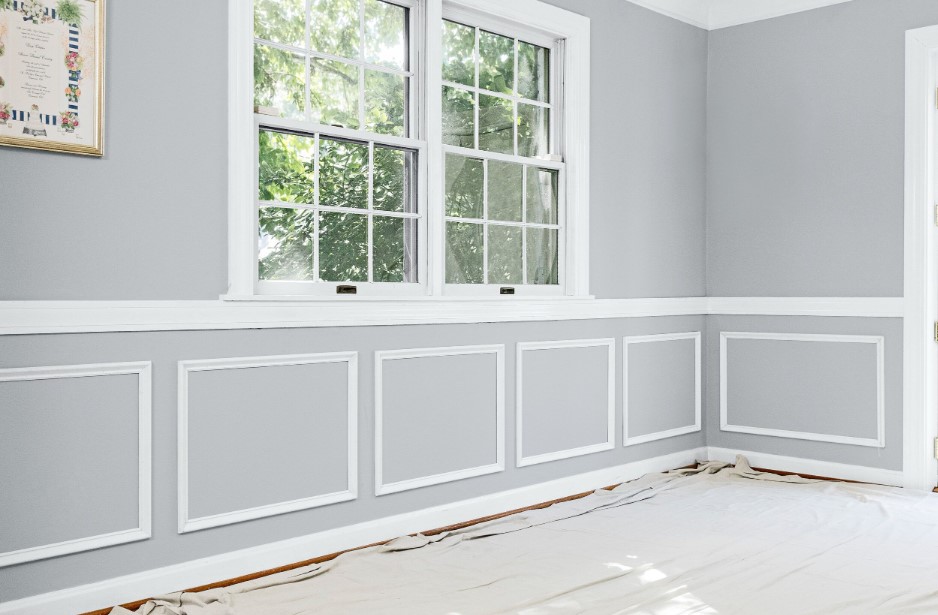
How to Install Wainscoting: A Step-by-Step Guide
Installing wainscoting can be a rewarding DIY project if you have the right tools and some patience. Follow these basic steps to transform your room:
- Measure and plan: Start by measuring the height of the wall where you’ll install the wainscoting, typically between 32-36 inches from the floor. Decide on the style and layout you prefer, whether it’s beadboard or board and batten.
- Prepare the wall: Make sure the wall is clean, dry, and free from any imperfections. If needed, remove the baseboards for a more seamless look.
- Cut the panels: Using a saw, cut the wainscoting panels to size. Be sure to account for electrical outlets or light switches that might interfere with the paneling.
- Install the panels: Secure the wainscoting panels to the wall using construction adhesive and nails. Ensure that they are level and evenly spaced for a clean, professional finish.
- Add the trim: Once the panels are in place, install a chair rail or molding to cap off the top of the wainscoting. This adds a polished look and can be customized to match the existing trim in your home.
- Finish and paint: After installation, caulk any gaps and fill nail holes before painting. Choose a color that complements the rest of your room’s decor.
Maintaining Your Wainscoting
To keep your wainscoting looking its best, regular cleaning and maintenance are essential. Wipe down the panels with a soft cloth and mild detergent to remove dust and grime. For painted wainscoting, be sure to touch up any scuffs or scratches to maintain a fresh appearance. Wood paneling may require occasional polishing or refinishing to preserve its natural beauty.
Conclusion: Elevate Your Home with Wainscoting
Whether you’re seeking to add character to a traditional space or introduce a touch of elegance to a modern home, wainscoting is a versatile design solution that stands the test of time. With its ability to protect walls, add architectural interest, and increase your home’s value, it’s an investment well worth considering. From raised panel wainscoting to board and batten, you can customize this wall treatment to reflect your personal style and enhance your living space. Ready to take your home’s interior to the next level? Wainscoting just might be the perfect finishing touch.
Frequently Asked Questions (FAQs)
How much does wainscoting cost?
The cost of wainscoting varies depending on the materials and style you choose. On average, expect to pay between $7 to $40 per square foot for materials and installation.
Can I install wainscoting myself?
Yes, installing wainscoting can be a DIY-friendly project if you have basic carpentry skills. However, for more complex designs like raised panels, professional installation is recommended.
Is wainscoting suitable for bathrooms?
Absolutely! Vinyl wainscoting or moisture-resistant wood paneling is a great choice for bathrooms, as it can withstand humidity and prevent water damage to your walls.
What is the difference between wainscoting and shiplap?
While both are popular wall treatments, shiplap consists of horizontal wooden boards, whereas wainscoting usually covers only the lower half of the wall and can include a variety of panel styles.
You May Also Read:
Textured Ceiling Types: Elevate Your Space with Style and Functionality

